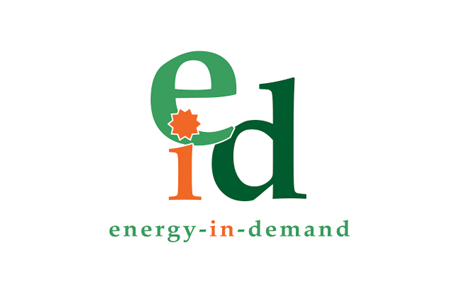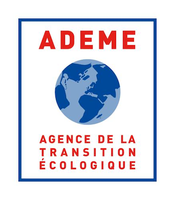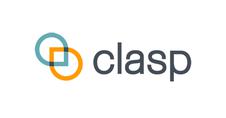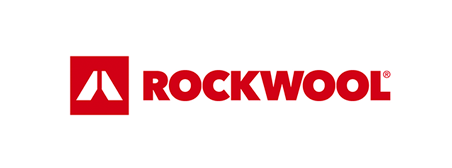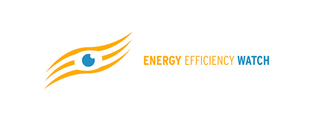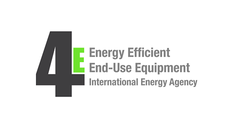Search eceee proceedings
Utility value of a Pay As You Save inclusive utility investment program for whole home energy efficiency and electrification upgrades
Panel: 3. Policy, finance and governance
This is a peer-reviewed paper.
Authors:
Stephen Bickel, LibertyHomes, USA
Jill Ferguson, Stanford University, USA
Ethan Goldman, Resilient Edge, USA
Hassan Shaban, Empower Dataworks, USA
Abstract
Inclusive Utility Investment systems such as Pay As You Save® (PAYS®) make it financially feasible and attractive for utilities to capitalize residential energy upgrades to develop efficiency resources and grid flexibility on a scale similar to conventional power plants, rather than managing efficiency programs as cost centres tangential to their core business. This study analysed weather normalized hourly meter data from one of the longest running Inclusive Utility Investment programs, Ouachita Electric Cooperative Corporation’s (OECC’s) HELP PAYS® energy efficiency and electrification upgrade program based on the Pay As You Save system. Evaluation of billing and utility meter data of participating homes, with subsequent extrapolation to homes that lacked statistically valid weather models, revealed that 369 of the locations in the program’s residential portfolio are generating over 1,100,000 kWh of electricity and 250 kW of peak demand reduction per year to the utility (3,200 kWh energy savings and 0.7kW of peak load reduction per home) with a net present value to the utility of $531,900 ($1,350 per home) over the lifetime of the upgrades. Program design reforms instituted half-way through the evaluated period increased average energy saving by 42 %, peak load reduction by 13 %, and offer acceptance rates from 63 % to 80 %. With these improvements and an increased rate of upgrades per year, the net present value for future upgrades is projected to increase by 70 %. Thus, even after considering the cost of capital and program operation costs, OECC’s HELP PAYS investment portfolio is generating energy savings for its participants as well as economic benefits for the utility and all its non-participants and is expected to provide even greater benefits in the future. This paper helps make the business case for all utilities across the globe with an approved tariff to use Inclusive Utility Investment to fund building energy upgrades, increasing the scalability and depth of resource efficiency and electrification.
Downloads
Download this paper as pdf: 3-092-22_Bickel.pdf
Download this presentation as pdf: 3-092-22 Bickel_pres.pdf
Panels of
1. Dynamics of consumption: less is more?
2. Efficiency and beyond: innovative energy demand policies
3. Policy, finance and governance
4. Monitoring and evaluation for a wise, just and inclusive transition
5. Towards sustainable and resilient communities
6. Energy-efficient and low-carbon mobility for all
7. Policies and programmes for better buildings
8. Innovations in products, systems and building technologies









